Wild cats, with their majestic presence and often elusive nature, captivate our imagination. Yet, it is not just their beauty that fascinates zoologists and ecologists, but also their remarkable adaptability to changing environments. While some species face critical endangerment due to habitat loss and climate change, others exhibit a surprising resilience. Understanding why certain wild cats demonstrate greater adaptability can offer insights into biodiversity conservation and the preservation of ecological balance.
Ecological Plasticity
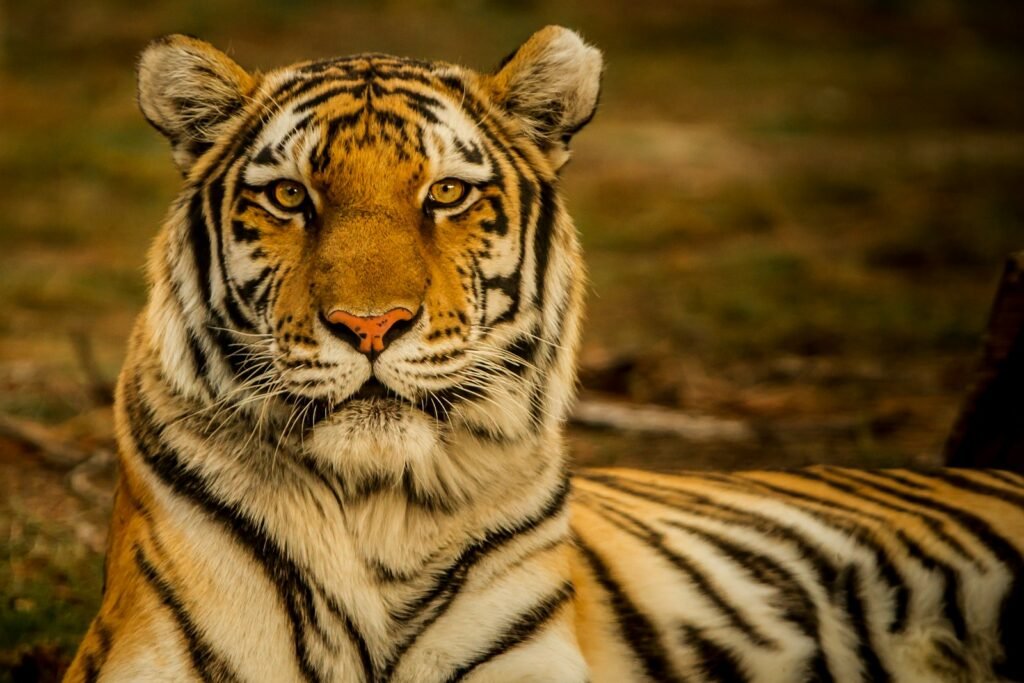
Ecological plasticity refers to an organism’s ability to adjust its behavior, physiology, or morphology in response to environmental changes. Wild cats that demonstrate ecological plasticity can adapt to diverse and changing habitats more efficiently than those with rigid ecological preferences. Such adaptability is key to their survival amid environmental fluctuations, allowing them to thrive in varying ecosystems from savannas to urban landscapes.
Dietary Flexibility
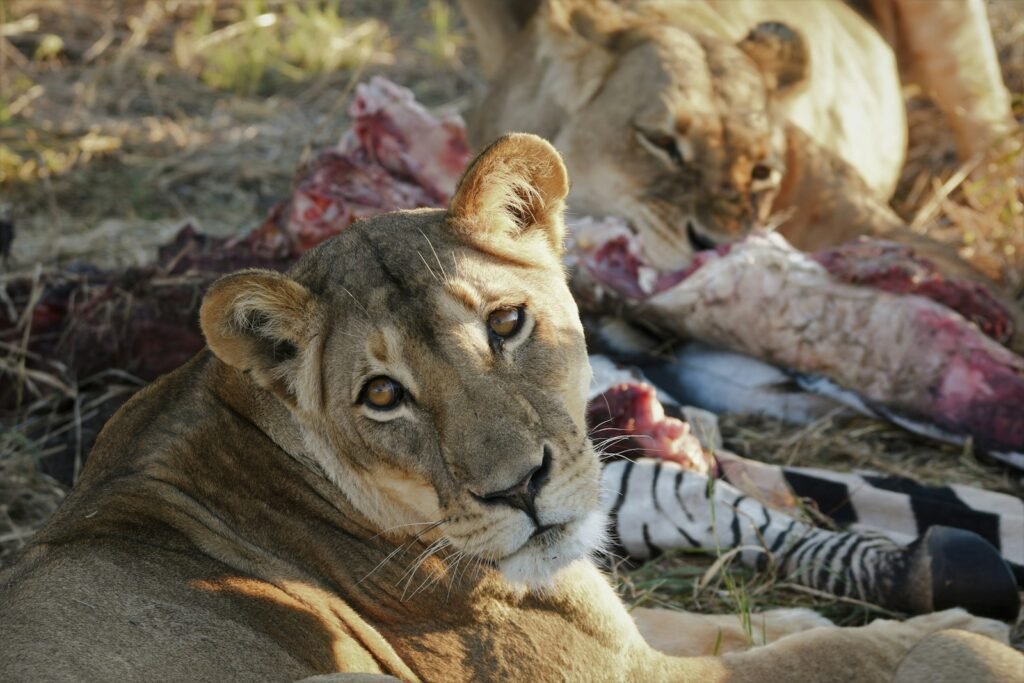
A significant characteristic that sets adaptable wild cats apart is their dietary flexibility. Species like the bobcat and leopard are opportunistic feeders, able to switch between different types of prey depending on availability. This dietary adaptability enables them to sustain themselves even when their preferred prey becomes scarce, providing a distinct survival advantage.
Habitat Versatility
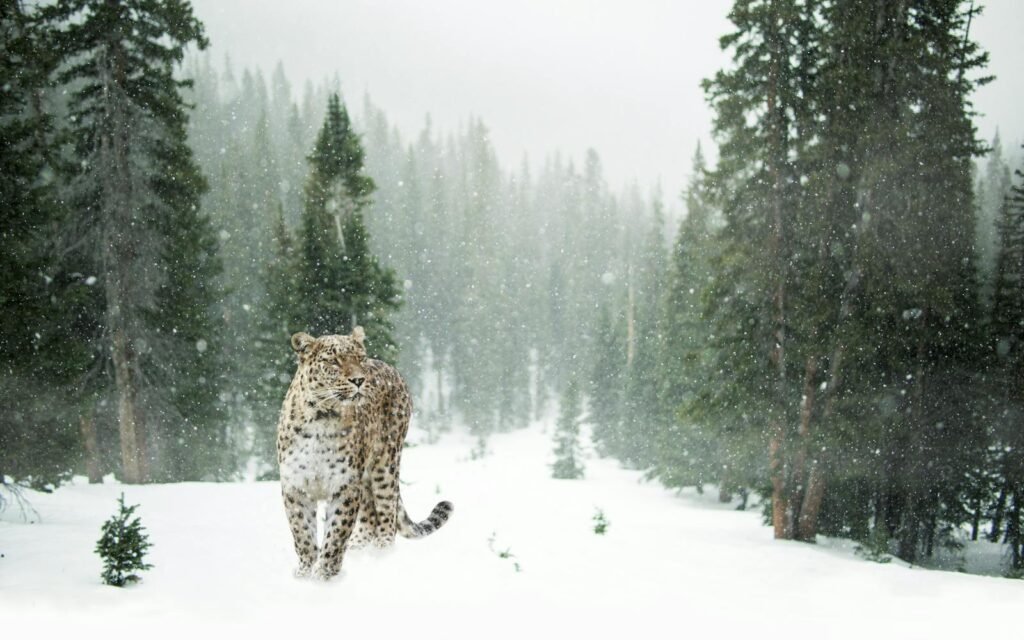
Wild cats that adapt well to environmental changes often demonstrate habitat versatility. For instance, the cougar’s expansive range across the Americas showcases its ability to inhabit diverse environments, from dense forests to semi-arid deserts. This versatility is crucial as it allows them to relocate and establish territories in new areas where conditions are more favorable.
Reproductive Strategies
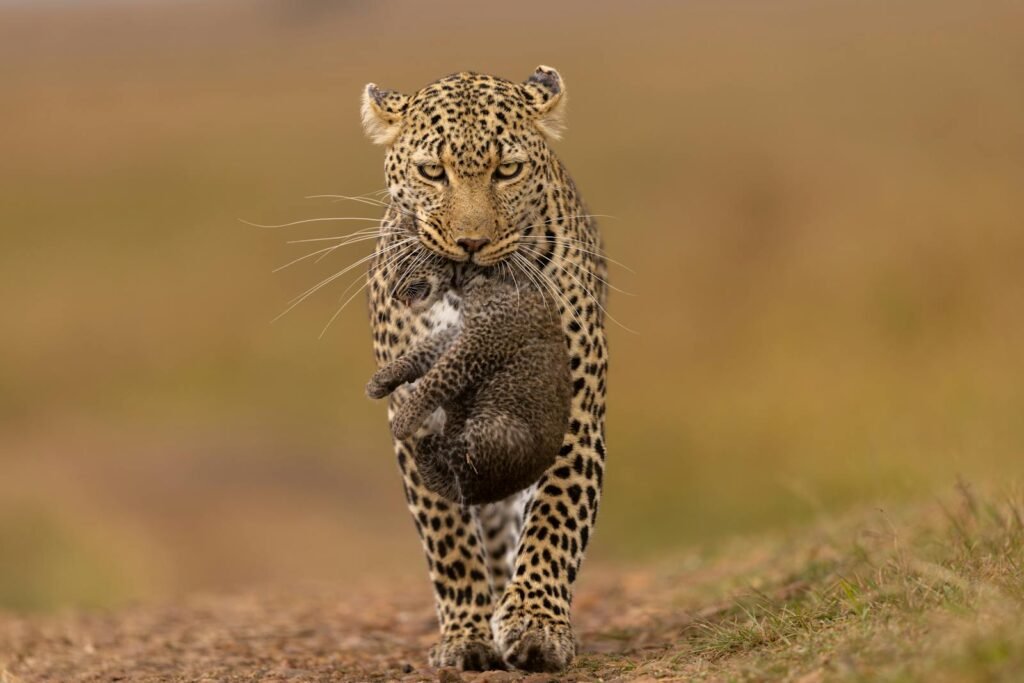
Reproductive strategies also play an essential role in adaptability. Species with higher reproductive rates and shorter gestation periods can recover more quickly from population declines. Additionally, certain wild cats can alter their reproductive timing or behavior in response to environmental stimuli, ensuring that they breed under optimal conditions.
Genetic Diversity
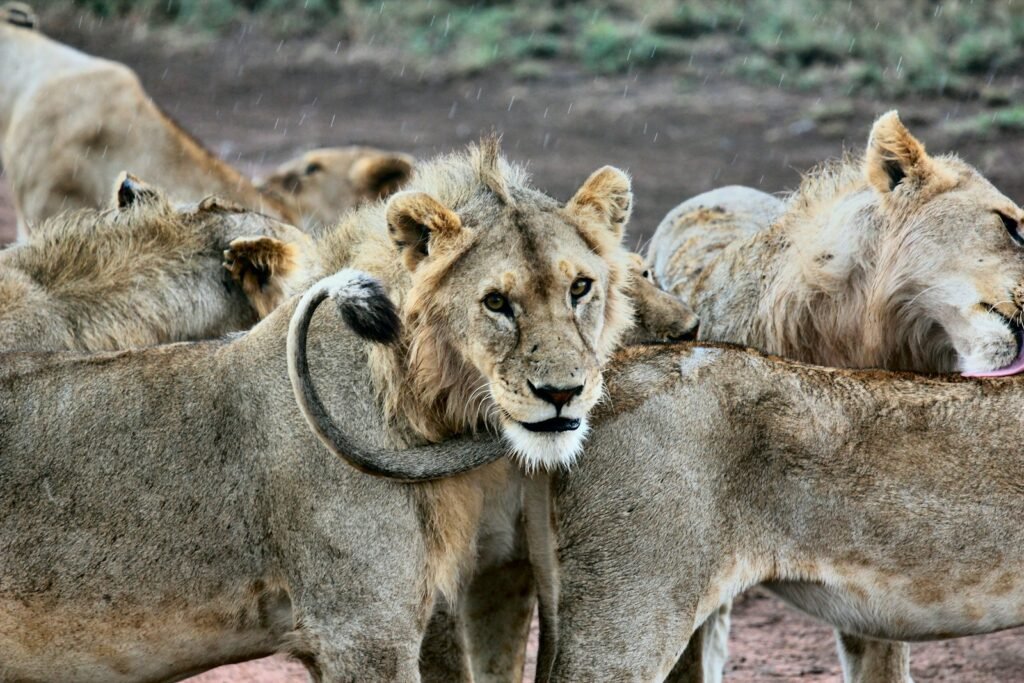
Genetic diversity within species can buffer against environmental changes by providing a wider array of traits that might be beneficial under new conditions. Wild cat populations with high genetic variability are generally better equipped to deal with threats such as disease, climate change, and habitat alteration, making diversification a crucial component of their adaptability.
Behavioral Adaptations
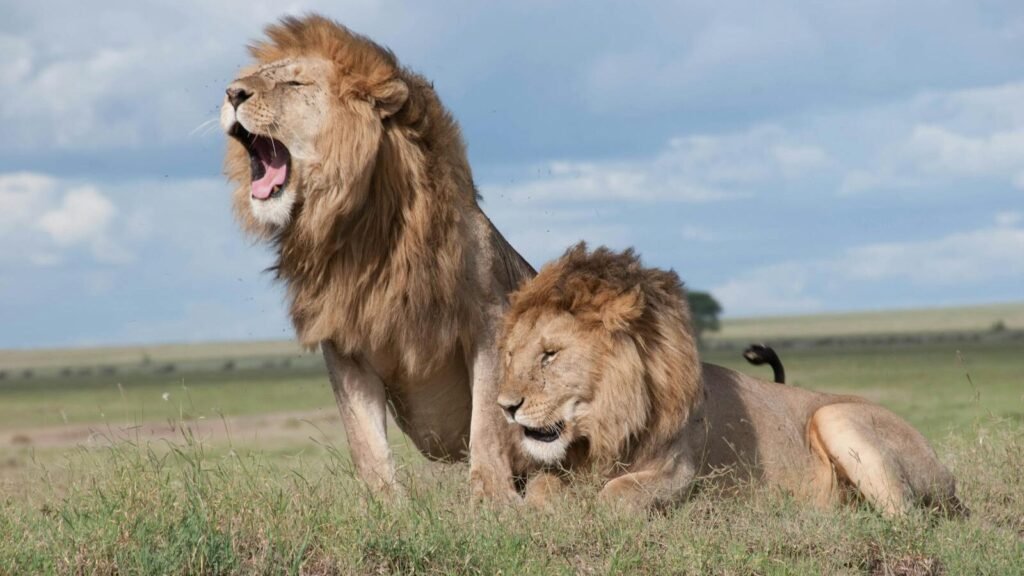
Behavioral adaptations are crucial for wild cats living in dynamic environments. Cats like the African lion have developed complex social structures that help them hunt and protect territory more efficiently. Meanwhile, solitary hunters like the snow leopard utilize stealth and patience, showing remarkable adaptation to the rugged, mountainous terrain of their habitat.
Human-Wildlife Interaction
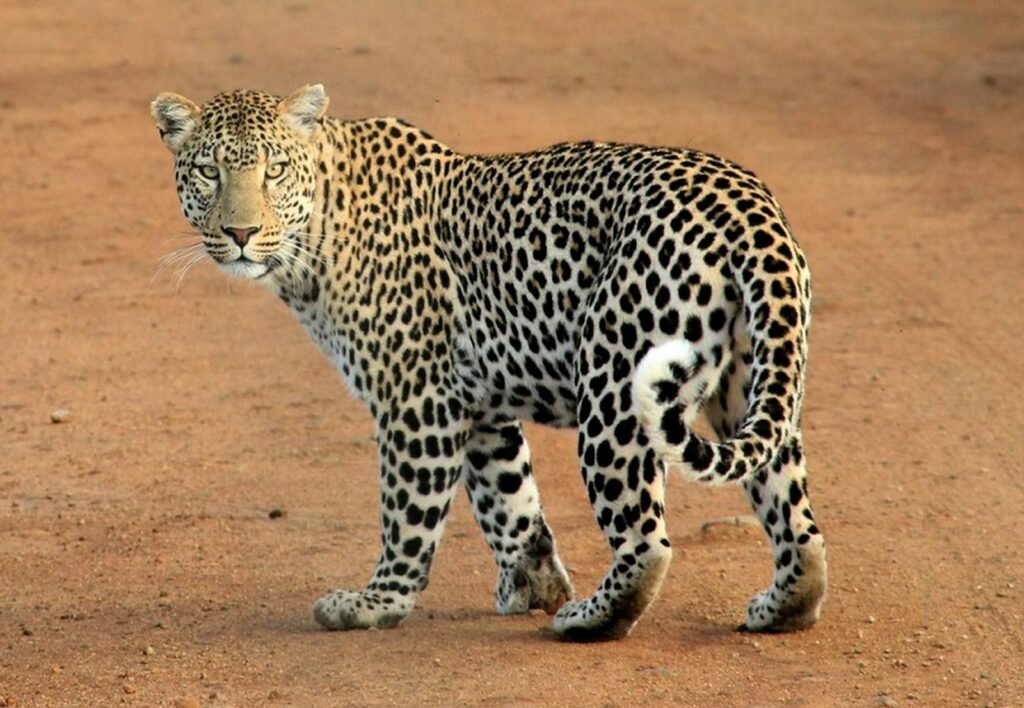
Human expansion into wild territories poses significant challenges and opportunities for wild cats. Some species, such as the urban-dwelling leopard in Mumbai, have adapted to coexist with humans, taking advantage of available resources and sometimes even thriving in urban environments. Understanding these interactions helps in developing strategies for human-wildlife coexistence and conflict mitigation.
Conservation Efforts

Conservation efforts that focus on habitat preservation, anti-poaching laws, and wildlife corridors are essential in supporting the adaptability of wild cats. Such initiatives aim to protect existing environments while allowing cats to migrate and establish new territory, ensuring that adaptable species can continue to thrive despite human and natural pressures.
The Role of Climate Change

Climate change poses a formidable challenge to wildlife worldwide. However, wild cats that possess adaptive traits might adjust to new climatic patterns by altering their range or behaviors. Preserving and studying these resilient species may provide key insights into how broader biological communities may respond to climate fluctuations.
Learning from Nature’s Adaptable Predators
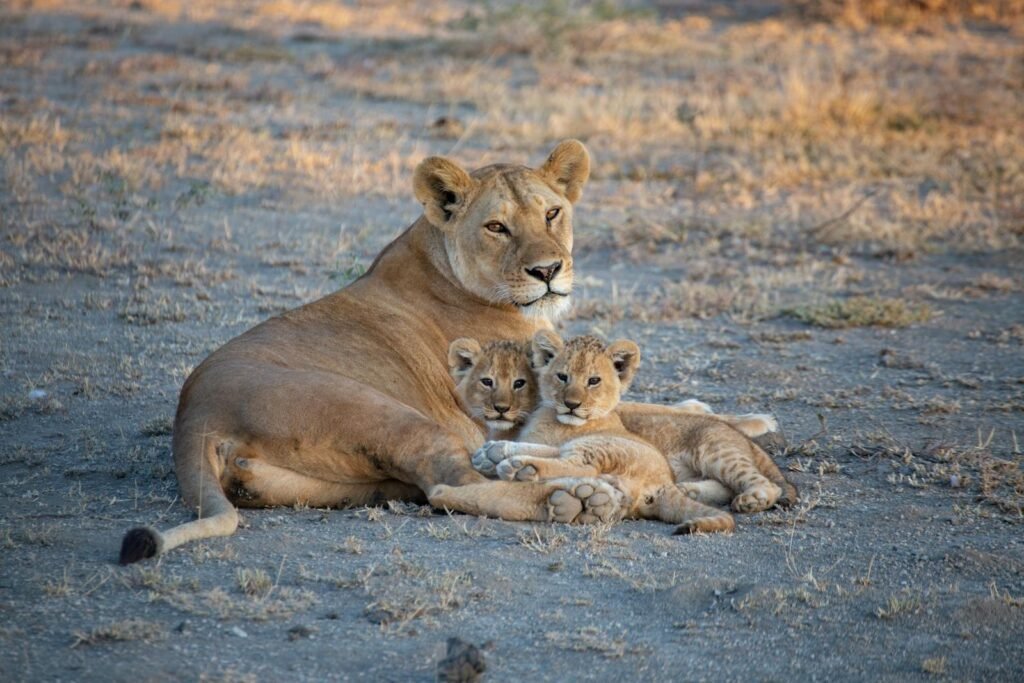
By examining why some wild cats are more adaptable than others, we gain valuable insight into evolutionary biology and ecological resilience. Understanding these adaptive strategies not only aids in the conservation of these magnificent creatures but also provides inspiration for solutions to broader ecological challenges. In a world where change is constant, the adaptability of wild cats serves as a powerful reminder of nature’s ingenuity and resilience.

Linnea is a born and bred Swede but spends as much time as possible in Cape Town, South Africa. This is mainly due to Cape Town’s extraordinary scenery, wildlife, and atmosphere (in other words, because Cape Town is heaven on earth.) That being said, Sweden’s majestic forests forever hold a special place in her heart. Linnea spends as much time as she can close to the ocean collecting sea shells or in the park admiring puppies.





